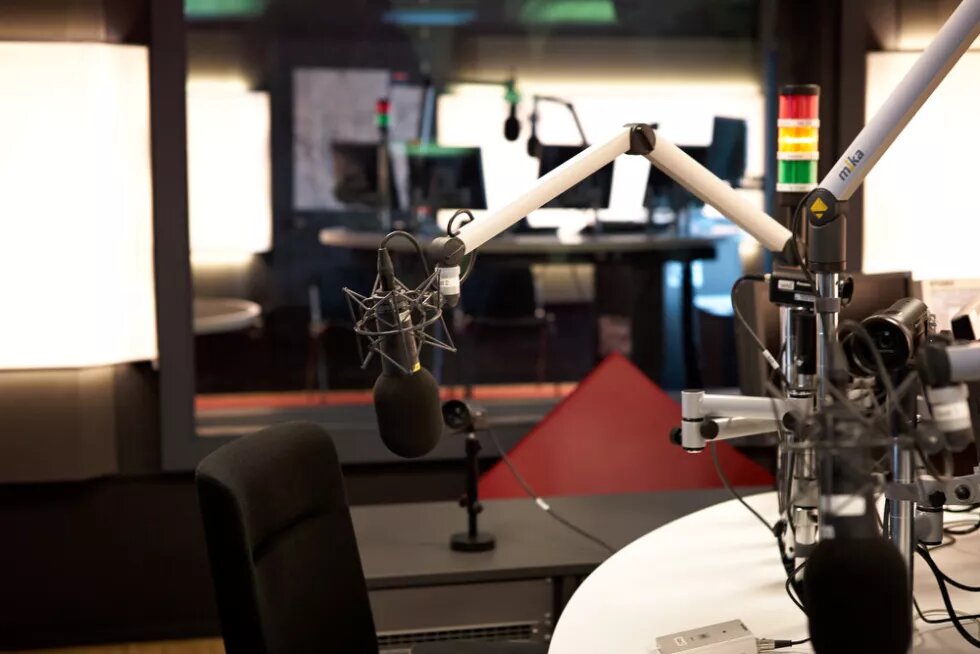
Development of Media Reform in Thailand
From 1992 to 2011, media reform in Thailand developed in what could be said to be a piecemeal fashion. Then, in 2011, attention to media reform once again gained prominence emerging as a national agenda in the National Reconciliation Plan proposed by former Prime Minister Abhisit Vejjajiva. This followed the political upheaval the country experienced during March and May 2010, that caused an unprecedentedly deep social divide. By taking the international context into consideration, media reform has always been a leading factor, an accompanied factor or a dependent factor of political reform and democratization. The most important factors are the development of new media technology as well as a lack of credibility and legitimacy in news media coupled with political crisis.
In the Thai context, these factors were apparent, particularly in the first media reform which began in earnest in the aftermath of the May 1992 crisis and the latest attempt initiated by the former Prime Minister following the other May crisis in 2010. The main objective of such reformation is clearly to address politically biased media outlets. Mass media was deemed to be a major source of political schism.
The political uprise that took place in May 1992 reflected a struggle to overthrow the unelected military-led government of General Suchinda Kraprayoon. This uprising was reportedly successful in large part by demonstrators using mobile phone to disseminate political information in response to strict media censorship and interference. The employment of information technology in this case led to the so-called ‘mobile mob’ which signaled an abrupt end of the military government. During the political crises in March and May 2010, new media in more accessible forms such as community radio, cable TV, satellite TV and the Internet where users can create and manage content opened up a new political sphere once monopolized by state and pro-state media to anti-government media, hence enabling the people to present different political views. After the May 1992 incident, there came a clamor in Thai society advocating media reform to be elevated to the national level leading to the three following important incidents:
- The abolition of radio and television committee responsible for censorship of content before airing. The new system of content regulation allows each radio and television to practice self-regulation in content filtering. A new content regulation unit was set up at the Department of Public Relations and has been responsible for monitoring program content after the program has been aired.
- The rise of a new terrestrial television station called independent TV where concession is given to private bodies through distribution of shares for the first time in history (concession in the past was given to a single private company, but in the new concession, the largest share holder must not own more than 10% of total stocks) to prevent shareholders from dominating the overall content. The proportion of knowledge programs and entertainment programs is set to be 70:30 to create a difference in content shown from mainstream media where entertainment is the prime objective.
- Provision in the Thai constitution was made for the first time in 1997 to include issues on media reform in three sections -- 39, 40 and 41. Section 39 ensures freedom of expression, limiting censorship and interference of content in radio, television and other forms of mass media. Section 40 sets guidelines to allocate and manage frequency for public interest, accessible by every stakeholder particularly civil society. An independent body is to be set up to manage frequency and spectrum and oversee radio, television and telecommunication businesses. Section 41 protects liberty and freedom of media professionals both in state and private agencies.
From the experience of what took place internationally, media reform took one of more of the following forms as follows:
- A trend or campaign on policy, law and media regulation reform initiated for a change in media structure in the society;
- A change in content (qualitatively and quantitatively) and practices of mainstream media by opening space for alternative media, presenting and promoting certain types of content and lifting up media professional standards;
- A creation and reinforcement of independent media with democratic mindset to promote the rights of the underprivileged;
- A shift in relationship between the media and its audiences and media users by raising media literacy to promote a critical consumption of media and monitoring media accountability through systematic watchdog and promoting media monitor in society.
By whatever means, the main objective of media reform in countries around the world seems to be aimed at ‘public interest’, not state or corporate interests. This objective is applicable to mainstream media (mass media operated commercially at national level), state-owned media and civic media or the newly-established community media, although expectation for such objectives might not be at the same level in each type of media.
In the Thai context, attempts to promote media reform in the past decade have been undertaken under these four themes. Emphasis has, however, been given to certain issues. In general, media reform from the May 1992 incident to the political crisis that occurred during March and May 2010 can be classified into five approaches, none of which are totally isolated from one another as in many cases they are interrelated.
Download the full publication by Pirongrong Ramasoota.

